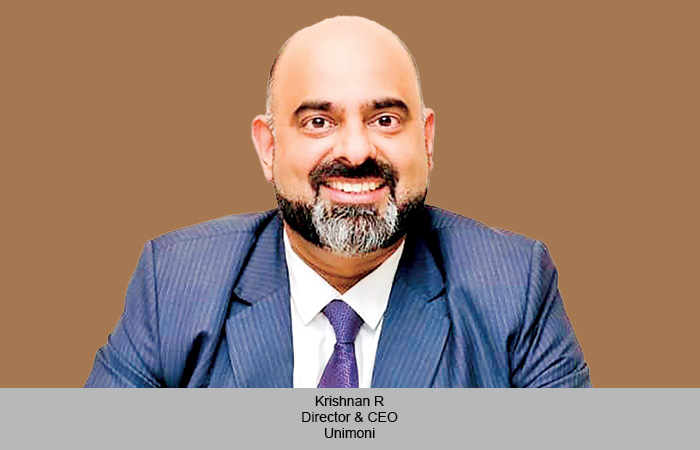With its $16.7 billion adventure tourism industry booming, India can be among the top 10 global adventure tourism destinations. But only if we put safety at the core of our growth strategy, says Arshdeep Anand, Vice President, ATOAI. She calls for certified operators and stronger regulations, along with a national safety framework.
Surbhi Sharma
India is emerging as a serious contender in the global adventure space with a market now valued at $16.7 billion and growing at a CAGR of 17–18%. However, the growth in adventure tourism sector is outpacing the safety and infrastructure standards required for making the sector truly sustainable, say experts.
A market on the rise
According to Arshdeep Anand, Vice President, Adventure Tour Operators Association of India (ATOAI), over the past decade, the adventure tourism sector in India has nearly doubled in value, thanks to shifting travel preferences, rising disposable incomes, and improved digital access. Adventure is no longer just for hardcore explorers, Gen Z and millennials are embracing it as a lifestyle.
“Land-based activities like trekking, camping, and rock climbing remain the bedrock, but the real surge is happening in water and air-based segments. Scuba diving in Andaman and Lakshadweep, whitewater rafting in Rishikesh, and paragliding in Bir-Billing attracted six-digit footfalls in 2024 alone,” said Anand. “Professional operators, international certifications like PADI, and better accessibility are contributing to this credibility. India has never looked more ready to take centre stage on the global adventure tourism map.”
The safety question
With this growth comes a sobering reality. Tragic cases like the paragliding accident in Himachal Pradesh which led to a tourist from Gujarat succumbing to his injuries, and the Manali zipline incident in which a young girl got seriously injured, have thrown into stark relief the risks posed by unregistered operators and substandard safety practices in India’s adventure tourism sector. ATOAI has issued comprehensive safety guidelines and a Model Law for adventure tourism, but implementation is still voluntary across most states. “Making these guidelines mandatory nationwide would significantly enhance safety standards.”
What needs to change
“Expansion is not the problem — irresponsible expansion is. We need to pause and prioritise strengthening existing destinations with robust safety infrastructure, certified operators, and regulated practices before opening new frontiers. Emergency response systems, public liability insurance, and certified equipment must be non-negotiable,” she concluded.
 TravTalk India Online Magazine
TravTalk India Online Magazine





